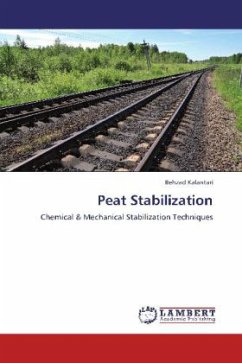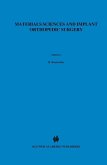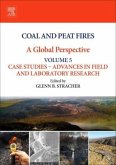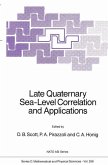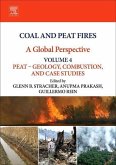Fibrous peat is one of the weakest subsoil foundation materials under imposed loads. Shallow and deep stabilizations using ordinary Portland cement as binding agent and silica fume, blast furnace slag, fly ash, polypropylene fibres and steel fibres as chemically active and none active additives have been used to improve strength as well as to reduce compressibility of fibrous peat. Major evaluation tests used, were FVST, UCS, CBR, CUT, and Rowe cell consolidation tests. Disturbed (bulk) and undisturbed fibrous peat samples were also used for indexed property tests. For deep stabilization of peat, precast stabilized peat columns were tested for their role on shear strength, as well as compressibility of untreated or plain fibrous peat. PLT is used on plain and reinforced peat with various types of stabilized columns in a test tank, and the actual test results were compared with the answers obtained from FEM analysis. All types of test results used during the course of the researchindicate that stabilization techniques used in either shallow (mass) or deep stabilizations improve the load bearing capacities of untreated fibrous peat, hence upgrading peat civil engineering properties.
Bitte wählen Sie Ihr Anliegen aus.
Rechnungen
Retourenschein anfordern
Bestellstatus
Storno

